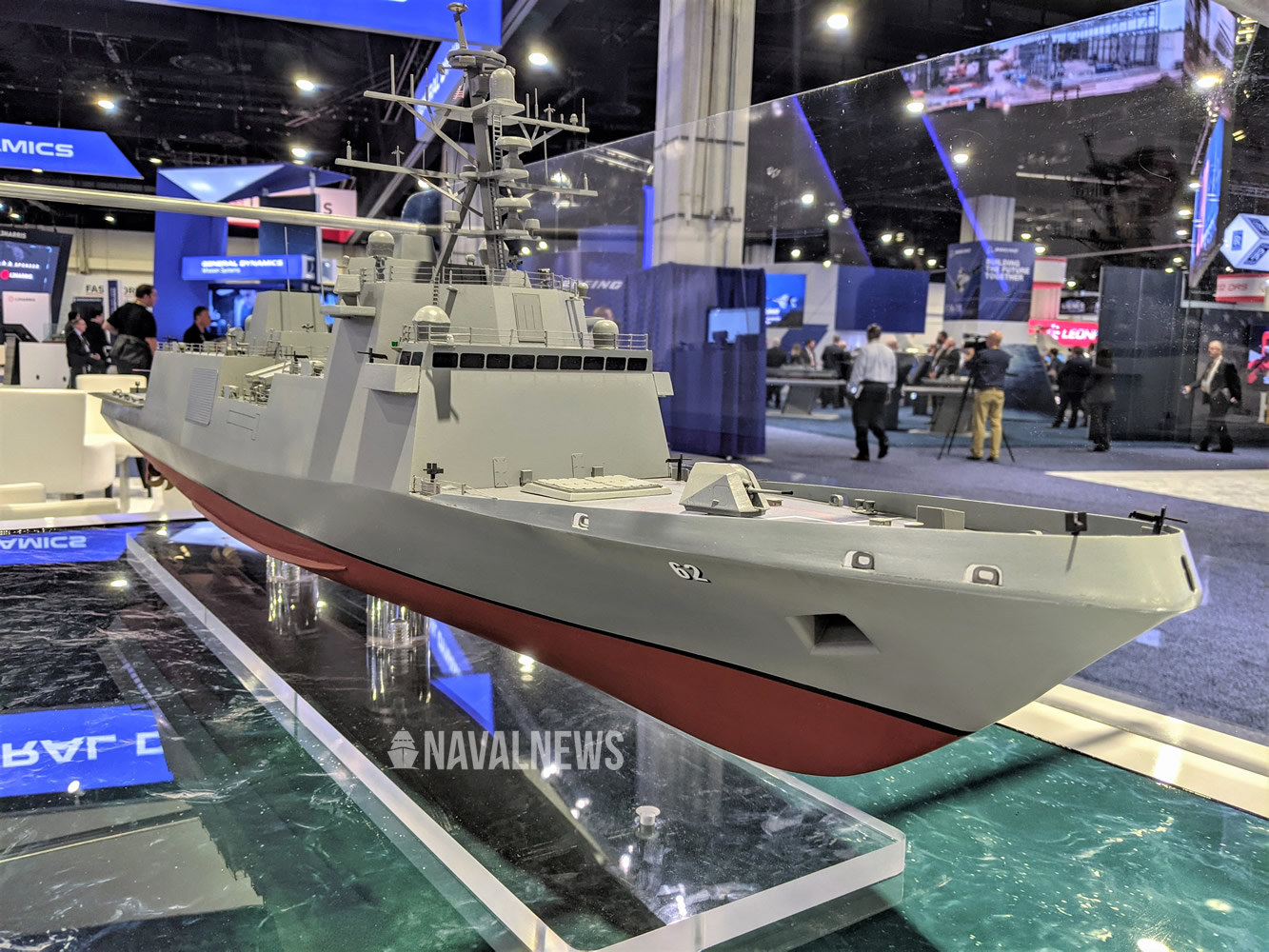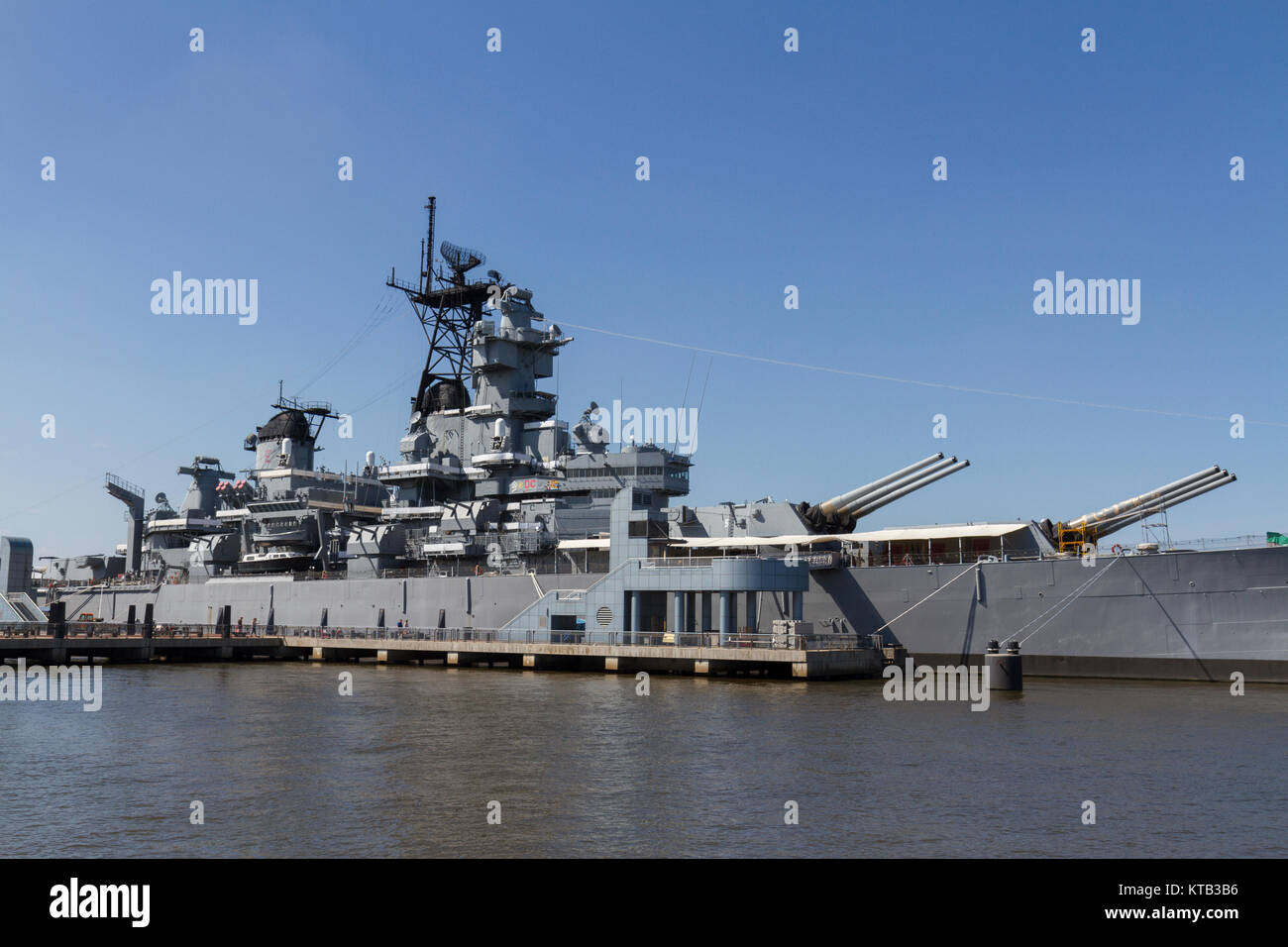Navy Ship 62 - This article is about the battleship commissioned in 1943. For her current role as a museum ship, see Battleship New Jersey Museum and Memorial. For other ships with the same name, see USS New Jersey.
USS New Jersey (BB-62) is an Iowa-class battleship and is the second United States Navy ship to be named for the U.S. state of New Jersey. She is often referred to as "Big J". New Jersey has earned more combat stars than any other Iowa-class battleship, and was the only US warship to provide gunfire during the Vietnam War.
Navy Ship 62

During World War II, New Jersey bombed targets in Guam and Okinawa, and aircraft carriers raided the Marshall Islands. During the Korean War, she participated in raids along the coast of North Korea. She was then decommissioned to the United States Navy's reserve fleet, known as the "Morocco Ball Fleet". She was briefly reactivated in 1968 and went to Vietnam to assist US forces before returning to the Moth fleet in 1969. New Jersey was revived in the 1980s as part of a 600-ship fleet plan; to carry modern missiles; Added more. Use for service. . In 1983, she participated in American operations during the Lebanese Civil War.
Guided Missile Destroyer Uss Fitzgerald Ddg 62 Us Navy Ship Postcard
The New Jersey last served in 1991 (after a total of 21 years of service) and had already earned a Navy Command Commendation for service in Vietnam and 19 combat and motivational stars during World War II. war The Vietnam War the Lebanese civil war; Service in the Persian Gulf. After temporarily withdrawing from the Moth fleet. She was donated to the Home Port Alliance in Camd, New Jersey and served as a museum ship since October 15, 2001.
New Jersey was one of the Iowa-class "fast battleship" designs planned in 1938 by the Bureau of Construction and Repair's Preliminary Design Division. She was born on December 7, 1942 (the first anniversary of the attack on Pearl Harbor);
Commissioned on 23 May 1943. The ship is the second ship of the Iowa class to be commissioned by the US Navy.
When the ship was launched by Carolyn Edison, wife of New Jersey Governor Charles Edison, herself a former secretary of the Navy; May 23, 1943 with Captain Carl F. commissioned at Philadelphia.
Naval Shipyard Workers Come Ashore After The Battleship New Jersey (bb 62) Is Refloated In Drydock Here. The Ship Has Been In Mothball Storage Since 1969 And Will Be Commissioned For The Fourth
New Jersey's main battery consisted of nine 16"/50 caliber Mark 7 guns, capable of firing 2,700 lb (1,225 kg) of armor-piercing shells at a range of 26 miles (42.6 km) in three hulls. Her secondary battery had twenty. 5"/38 caliber guns twin-gun dual purpose (DP). ) mounted on gun turrets and capable of hitting targets 9 miles (16.7 km) away. As air power developed and the need to maintain air superiority became necessary to protect the growing fleet of Allied aircraft carriers, New Jersey was equipped with Oerlikon 20mm and Bofors 40mm anti-aircraft guns. Upon reactivation in 1968, New Jersey had her 20mm and 40mm AA guns removed and refitted for use as a heavy bombardment ship. When New Jersey was reactivated in 1982, four twin 5"/38 caliber DPs were removed. She was equipped with the Phalanx Close-In Weapon System (CIWS) for missile and anti-aircraft protection, eight Armored Box Launchers and eight Quad Cells. Launchers designed to fire Tomahawk missiles and Harpoon missiles respectively.
Unlike the other Iowa-class battleships, New Jersey was named by President Franklin D. Roosevelt to repay a political debt to New Jersey Governor Charles Edison. During his tenure at the Navy Department, Edison pushed to build the Philadelphia Navy Yard in Iowa, where Pennsylvania and New Jersey voted for Roosevelt in the 1940 presidential election.
Captain Carl F. Hold (right) surveys New Jersey with Admiral Donald B. Beary at the Norfolk Navy Yard in September 1943.

French battleship Richelieu (left) anchored off Hampton Roads on September 7, 1943, after the Richelieu defected to the Allies in New Jersey and was recovered in New York.
Cg 62 Hi Res Stock Photography And Images
New Jersey has completed training its first sailors in the western Atlantic and Caribbean Sea. On 7 January 1944, she passed through the Panama Canal to the Ellice Islands to Funafuti. She reported for duty with the United States Fifth Fleet on 22 January and departed three days later with Task Group 58.2 for the attack on the Marshall Islands. Aircraft from Task Group 58.2 attacked Kwajalein and Iwetok from 29 January to 2 February, saving them from Japanese attack, and on 31 January the troops were weakened enough to land.
She began her career as an iconic player in New Jersey on February 4 when Admiral Raymond A. Spruance unfurled her flag from her capital ship. Her first mission as a prominent figure involved her task force in a two-day ground and air assault campaign against the Japanese naval base at Truk in the Carolinas. This attack effectively prevented Japanese naval retaliation for the capture of the Marshalls in coordination with the attack on Kwajalein. On February 17th and 18th, two Japanese light cruisers; four destroyers; 3 auxiliary cruisers; 2 submarine chasers; 2 submarine chasers; an armed fishing vessel; One air ferry and 23 other small vessels were accounted for. New Jersey destroyed a longshore trawler and sank the destroyer Maikaze with other vessels. New Jersey also fired on emy aircraft to attack her formation. On February 19, the task force returned to the Marshalls.
Between 17 March and 10 April, New Jersey first sailed aboard Admiral Marc A. Mitscher's flagship Lexington for an aerial and surface bombardment of Mille, then rejoined Task Group 58.2 to attack the Palaus and bombard Woleai. On his return to Majuro, Admiral Spruance transferred his flag to Indianapolis.
Another wartime cruiser of the New Jersey; April 13 to May 4, 1944, began and ended at Majuro. Aitape Tanahmerah Bay and Humboldt Bay; New Guinea On 22 April, the carrier strike force, which was providing close air support for the invasion, was shelled by ships and on Truk from 29–30 April. New Jersey and her formation shot down two emy torpedo bombers at Truk. Her 16-inch salvos pounded Ponape on 1 May, destroying fuel tanks, severely damaging the airfield, and demolishing the headquarters building.
Us Navy Names First Ffg(x) Ship As Uss Constellation
After training in the Marshalls for the invasion of the Mariana Islands, New Jersey put to sea on 6 June as part of Admiral Mitscher's Task Force screening and bombardment group. On the second day of air strikes before the invasion. June 12 A torpedo bomber was dropped off New Jersey and for two more days shelling Saipan and Tinian before the fleet disembarked on 15 June.
The Japanese response to Operation Marianas was to order the Main Ground Fleet to attack and destroy the American invasion force. Admiral Spruance followed Admiral Mitscher's into the Philippine Sea, shadowing Japanese submarines. New Jersey held a protective screen around aircraft carriers during the Battle of the Philippine Sea on June 19, 1944, during which American and Japanese pilots fought. That day and the next, Japanese naval aviation would be paralyzed. In what became known as the "Mariana Turkey Strike", the Japanese lost about 400 aircraft in return, less than two dozen American aircraft. The sinking of the Japanese aircraft carrier Taihō and Shōkaku by the submarines Albacore and Cavalla, respectively, and the loss of Hiyō by the light aircraft carrier Belleau Wood coincided with the loss of aircraft. In addition to these losses, the Allies damaged two Japanese aircraft carriers and one battleship. Anti-aircraft fire from the New Jersey and other shipwrecks were barely withstanding. Two American ships were slightly damaged during the battle. Only 17 American aircraft were lost in the battle.
New Jersey's final contribution to the conquest of the Mariana Islands was the attack on Guam and the Palaus, and on 9 August she sailed into Pearl Harbor. Admiral William F. Halsey Jr. here.

On August 24, she became the flagship of the US Third Fleet. Departing Pearl Harbor, New Jersey, on 30 August, she was stationed at Ulithi for the next eight months in support of Allied forces operating in the Philippines. During this Pacific War, The fast fleet forces in the Philippines, Entering the waters off Okinawa and Formosa, airstrips, ships, Repeated attacks were made on coastal bases and landing beaches.
Uss New Jersey (bb 62) Model Ship
In September, the targets are the Visayas and southern Philippines; Manila and Cavite; Panay, Negroes, in Leyte and Cebu. In early October, On October 20, 1944, preparations for the Leyte landings began, with raids by Amy air power based on Okinawa and Formosa.
This invasion brought.
San pedro navy ship, navy ship, us navy ship 62, navy ship challenge coins, navy ship tour, us navy ship classes, us navy ship 62 philadelphia, us navy newest ship, us navy ship, navy ship museum, navy ship museum nyc, navy ship coins
0 Comments